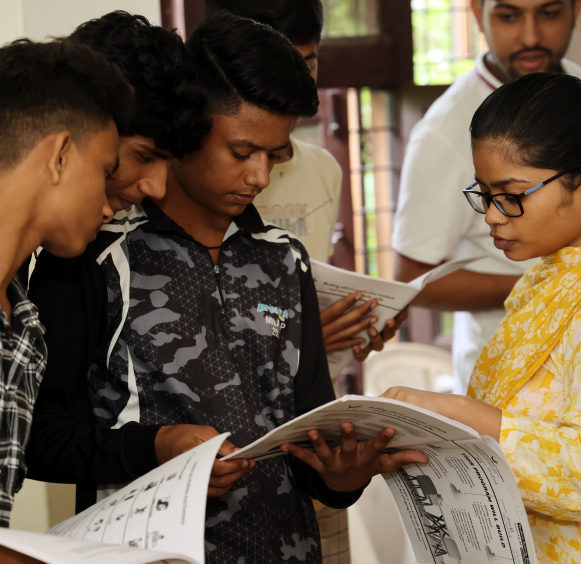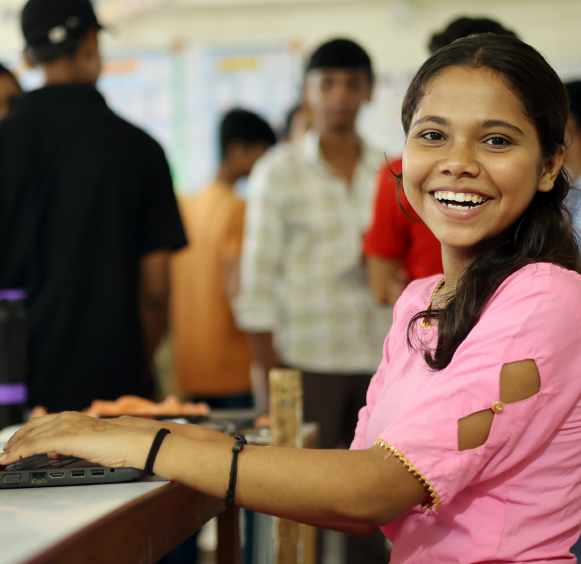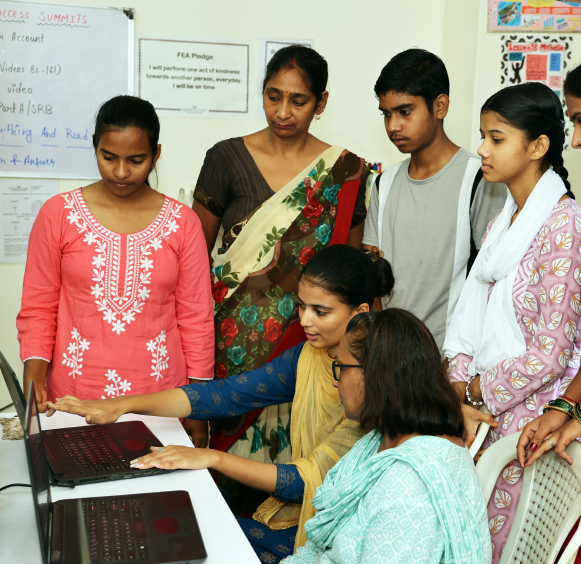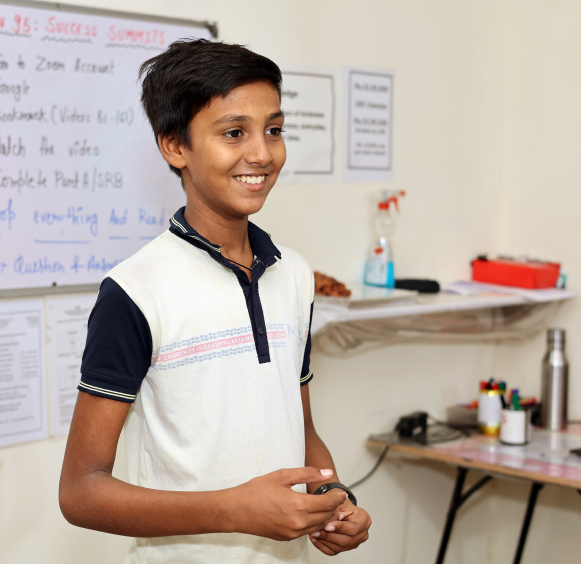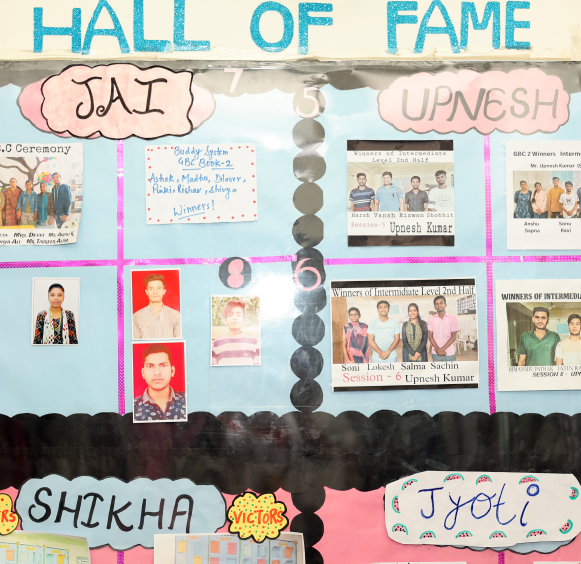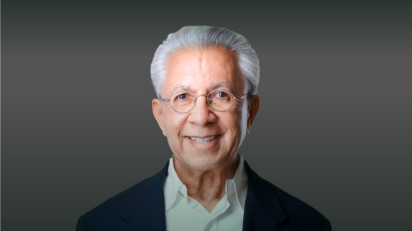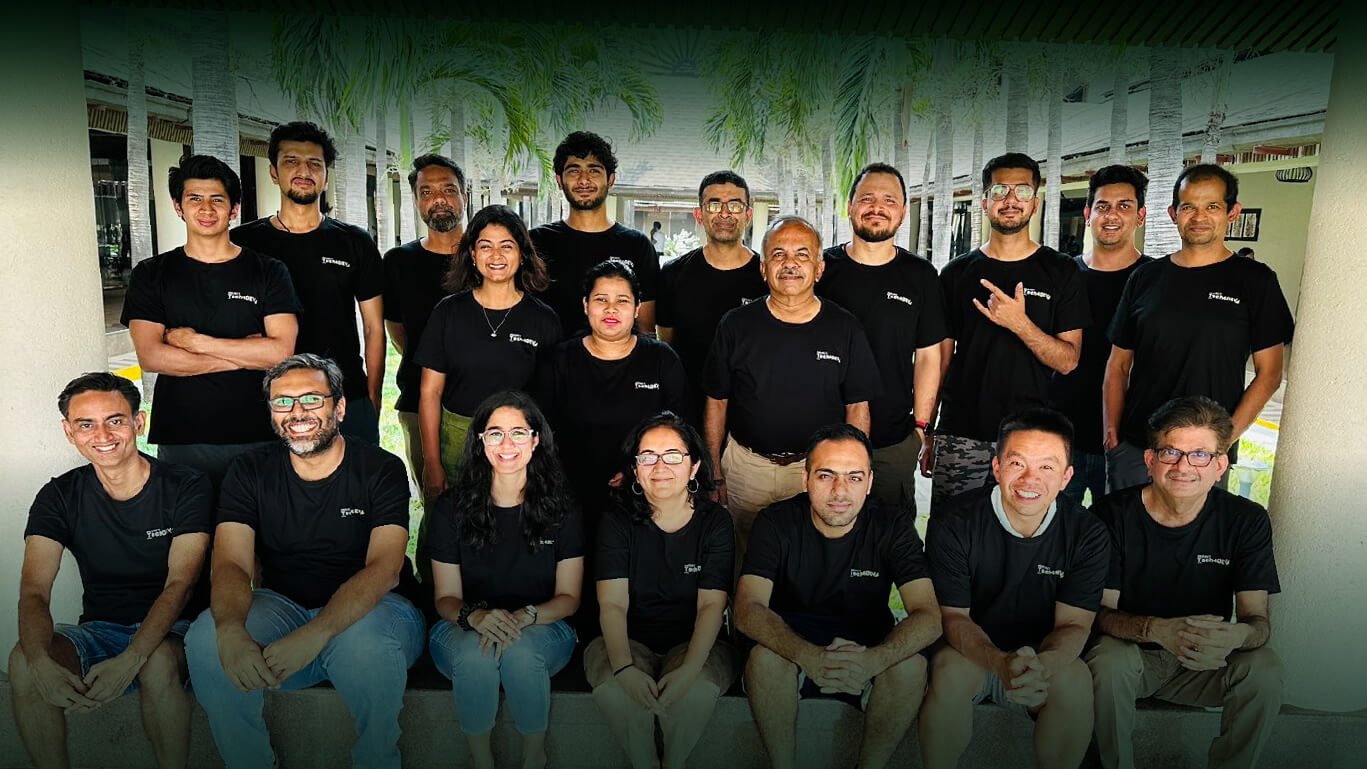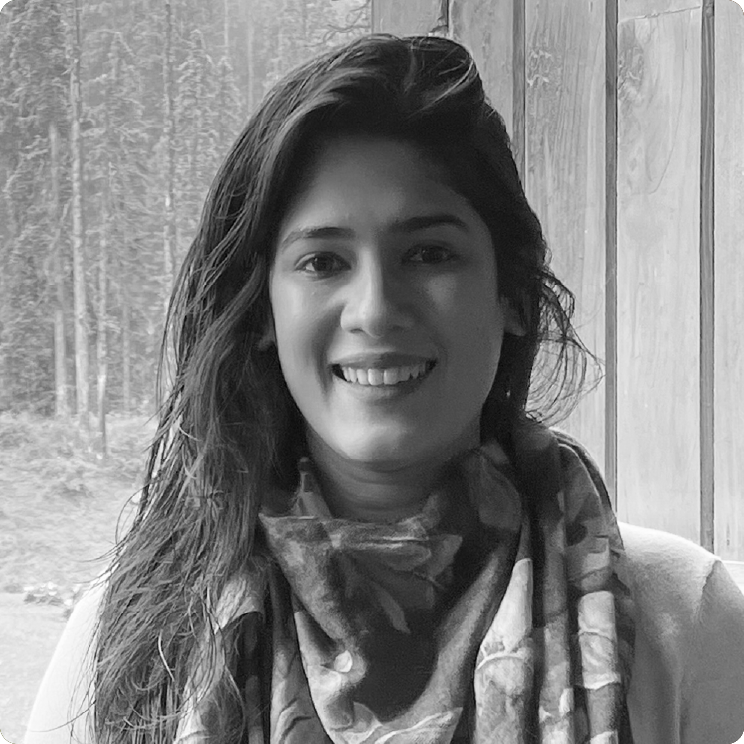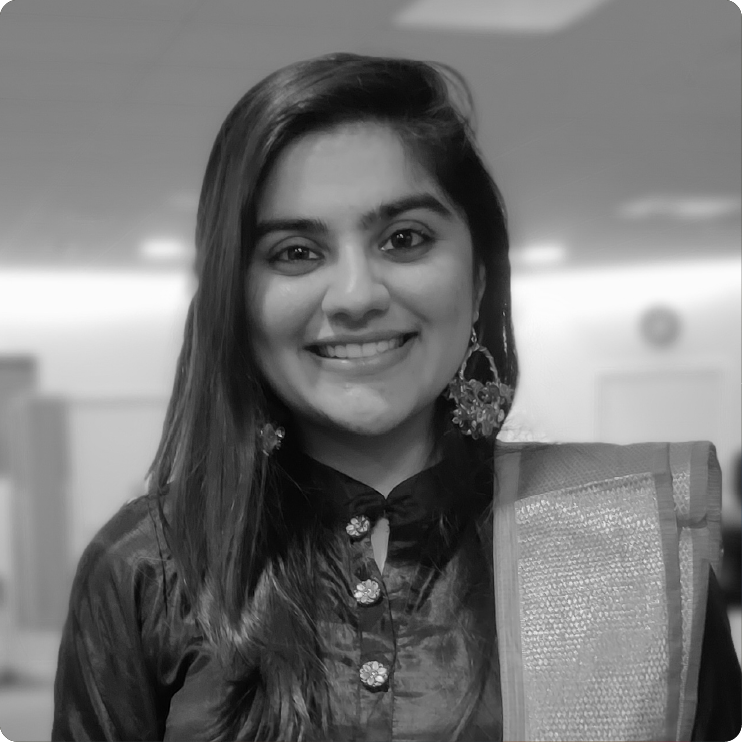Creating Pathways Out of Poverty: Deepak Chopra’s Mission to Equip India’s Youth to Become Productively Employable
Deepak Chopra’s philanthropic journey didn’t begin with a sweeping vision—it began as a simple belief, one rooted in his upbringing: life’s purpose is service and the path to spiritual development is service.
“I started with $2,000 a month,” he shared, reflecting on the early days of his giving. “It wasn’t much, but it was a start. It wasn’t a philanthropist’s budget—it was the budget of someone who’s bull-headed and just wanted to get going. “I didn’t start giving because I was wealthy — In fact I probably became wealthy because I started giving.”
This modest beginning laid the foundation for what would become one of India’s largest individually funded charities, the Freedom Employability Academy (FEA). Established in 1999, FEA offers a free program in North India, designed to equip young adults in their 20’s with the skills to break free from poverty and build secure, independent lives. This year, as FEA marks 25 years, it continues to empower youth through a curriculum that builds essential workplace skills, including English proficiency and digital literacy, while fostering a growth mindset and providing mentorship and career guidance. Reflecting on the program’s impact, Deepak shared, “In my view, it’s the mindsets we build that are even more crucial than skills. It’s about fostering resilience, adaptability, the willingness to step outside our comfort zone and the desire to be a life long learner.”
Deepak’s vision is bold; he’s committed 100% of his assets to this mission, aspiring to lift 5 million people from low-income to middle-income status in his lifetime. “Quality education is both a privilege and a responsibility,” he believes. “It can empower generations to achieve financial independence.”
FEA: A Purpose Rooted in Empowerment
Deepak is a lifelong entrepreneur and has founded or cofounded multiple businesses, including the unicorn: Quten Research Institute. Alongside growing his business, he set aside a portion of his time (and energy) to develop FEA for helping young people from marginalized backgrounds lead self-sufficient and dignified lives. Initially focused on education in India’s urban slums, FEA’s mission evolved toward equipping youth with practical skills to achieve their individual aspirations and build realistic career plans. He notes “The quality of education available to the average low-income youth simply creates millions of unemployable graduates.”
Between 1999 and 2009, FEA ran a series of micro-trials and interviews to shape its programs, discovering that employable skills, not traditional education alone, were key to success. “We spoke to scores of people in their 40s and 50s, asking what led to their success, and none credited formal schooling alone,” he reflected.
This insight led FEA to focus on practical, employable skills, initially for urban youth. “We identified three core skills that could alter a young person’s life trajectory,” Deepak explains. FEA’s program prioritizes English proficiency, digital literacy, and soft skills like communication, resilience and problem-solving. The rigorous, one-year curriculum includes over 500 hours of in-class training aimed at giving young people not just knowledge, but confidence and the agency to shape their futures.
A skilling session in progress at a FEA centre in South Delhi
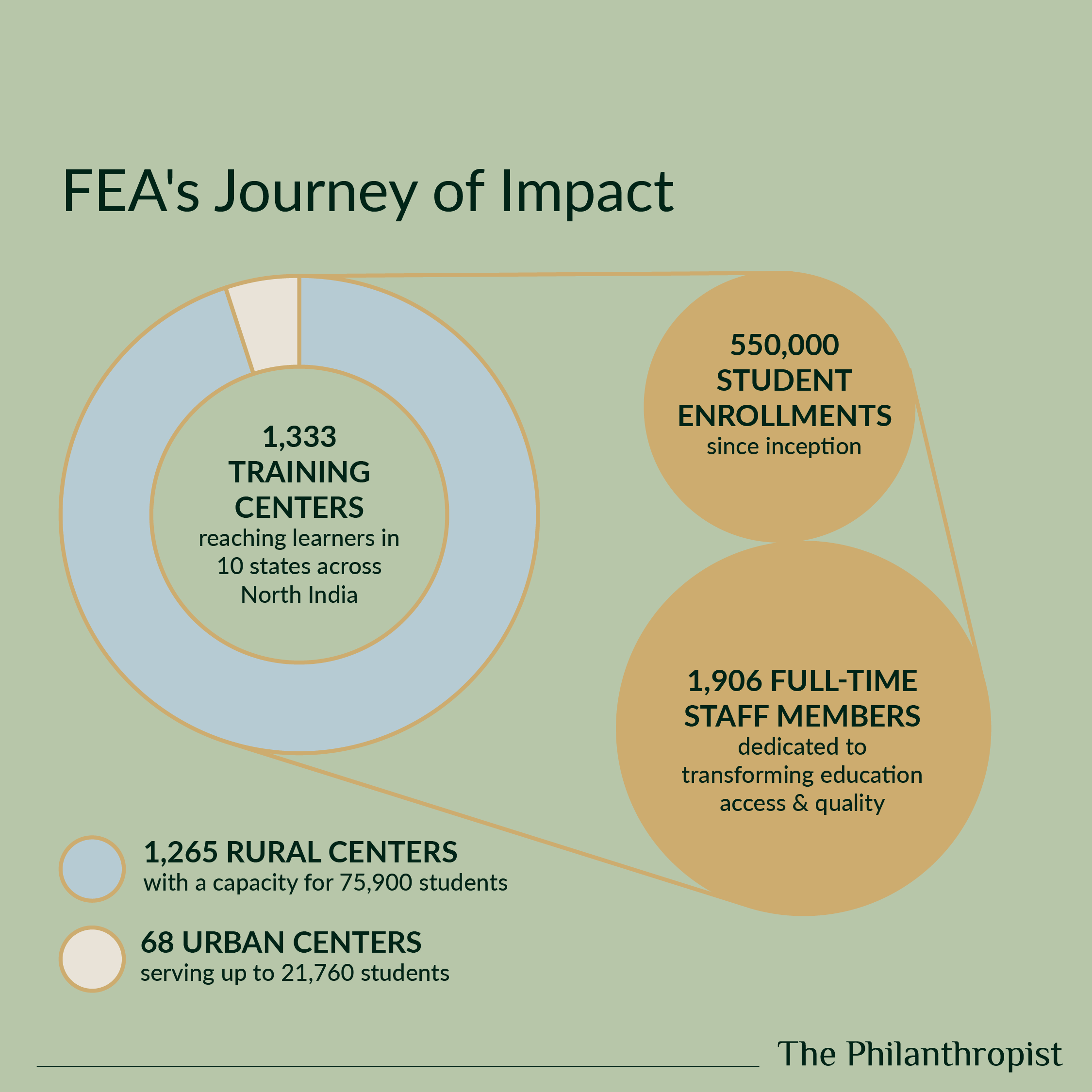
FEA's impact at a glance, transforming education access and quality
Building the FEA Curriculum: An Unconventional Approach
Deepak knew that FEA’s curriculum needed to be more than a conventional education. He turned his home into a hub of learning to design a program tailored to white collar workforce needs.
“I’m not an educator myself,” he says, “so I needed to bring in others who are.” This strategy created a steady flow of professors from world class universities and global thought leaders, each bringing fresh insights that helped shape FEA’s curriculum. “We’d offer them a ticket to India, a place to stay, and the chance to share their expertise,” he says, smiling at the memory. His mother even joked that their home had become an Inn.
This approach informed FEA’s three core pillars. The first, English proficiency, was inspired by research showing that English skills can increase salaries by up to 25% in India—a powerful economic lever. Digital literacy, the second pillar, equips students to navigate and leverage the internet as a resource for skill-building and opportunity. The third pillar, soft skills—such as dealing with uncertainty, ethical decision-making, and adaptability—was drawn from Deepak’s own journey. “Dealing with stress, cultivating a growth mindset, and maintaining ethics were things I had to learn on the job,” he shares. “These skills aren’t just for today’s job market; they’re about staying adaptable for whatever comes next.”
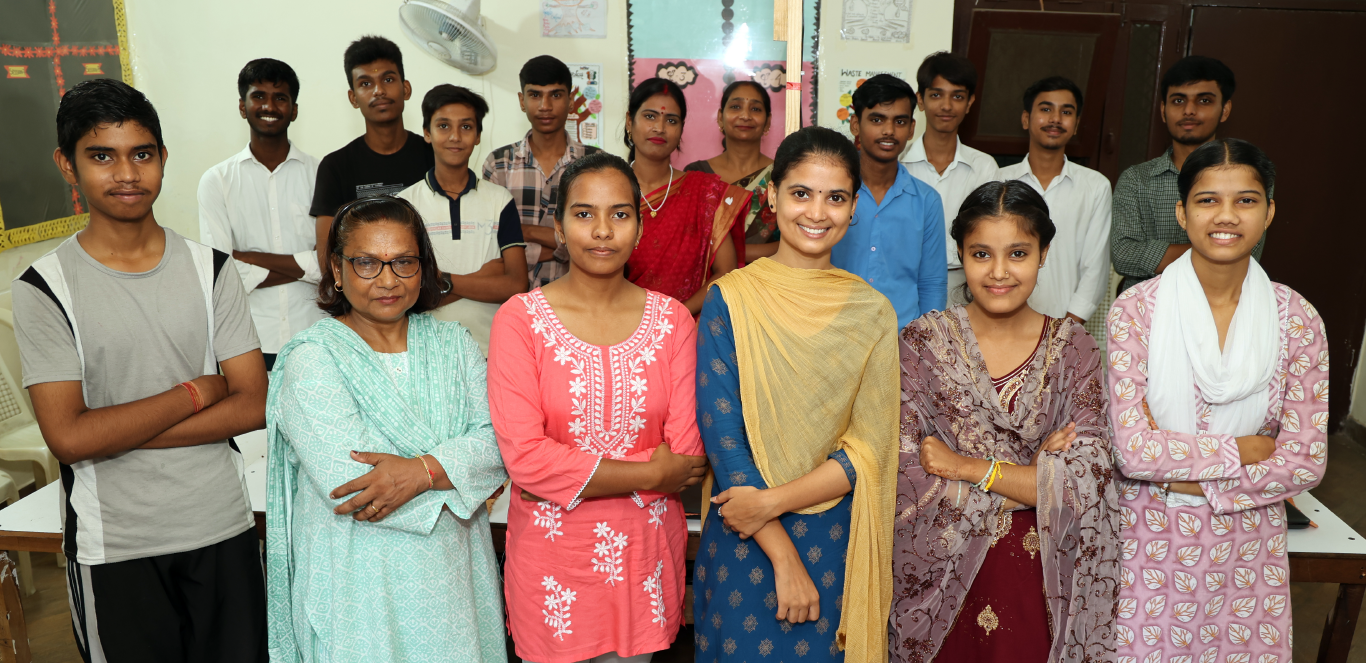
A cohort of students and trainers at a FEA centre
The Pandemic Pivot: Turning Toward Rural India
The global pandemic didn’t just disrupt everyday life; it highlighted stark inequalities, exposing urgent needs in rural communities. “When Covid hit, we all saw the plight of rural migrants,” Deepak recalled. “It was beyond belief—the hardship families endured, forced to walk hundreds of miles back to their villages, carrying all that they owned.” These migrant workers, stripped of security and left with no resources, underscored the severe challenges facing rural India. FEA had primarily focused on urban poverty until then, but the rural crisis brought a renewed urgency to address rural poverty.“Rural distress was heart rending” Deepak shared. This intensified awareness prompted a shift in FEA’s strategy. Despite FEA’s urban success, the team pivoted quickly to rural areas, launching the first rural education pilot in Mewat, South Haryana, where a local resident offered his ancestral home as a makeshift classroom. As the team navigated this new terrain, they encountered logistical realities unique to rural India: unreliable electricity, limited internet, inadequate infrastructure, and above all a very narrow pool of adequately trained teachers. “Rural India operates under completely different constraints,” Deepak shares. Yet, FEA remained committed, knowing it was building more than an education program—it was bridging a gap between worlds, creating opportunities in underserved communities.
In adapting to rural settings, FEA uncovered deeper social barriers as well. Some students faced caste discrimination; others struggled with family obligations that prevented consistent attendance. In one instance, a young girl missed classes to care for an ill cow. Commonly girl students had to face up to neighbours taunting them about trying to get an education and get ahead. Glimpses into the daily realities of rural youth underscored the importance of FEA’s mission.
One student, Silwanti from Jharkhand, shared her journey in a letter: “In 2011, I dropped out of school after Class 7. I couldn’t read or write in English, but always wanted to learn. Since joining FEA’s classes, I can read, write, and speak in English, and my passion for learning has grown.” Stories like Silwanti’s reflect FEA’s impact in rural areas, even amid severe challenges.
A Focused Approach to Giving
The second principle is restraint. “You may not have heard of FEA,” Deepak notes, “and that’s intentional. Our efforts are laser focused on reaching the students who need us—not on building our brand.”
Reflecting on 25 years of philanthropy, Deepak often returns to lessons from his favourite teacher, Eknath Easwaran. Two principles have shaped his journey. “First is singleness of purpose. We’re not doing a multitude of things; our focus is singular,” he says.
In an era of relentless social media self-promotion, FEA’s approach might seem unconventional. But for Deepak, it’s essential. “We’re completely transparent. All our intellectual property is freely available on our website. But we see no reason to expend energy on self-promotion.”
Today, nearly 45% of FEA’s facilitators were once students themselves. “From the rural program alone, some have moved from student to teaching staff to manager,” he shares. Rajni, one such facilitator, reflects on her journey: “After gaining so much as a student, it’s even more rewarding to give back as a mentor. I’m committed to upholding FEA’s values and supporting others on their journeys.”
Future Outlook for Philanthropy
Looking to the future, Deepak’s vision is grounded in impact. He aims to lift 5 million youth from low-income to middle-income status. To the next generation of funders, his advice is simple yet powerful: “We spend so much time building personal brands, seeking validation. My suggestion? Set that aside. Ask what you can give, expecting nothing in return. The freedom it provides is electrifying.”
For Deepak, success isn’t about accolades or fame but lies in lives changed through FEA—a quiet movement spreading opportunity across India’s villages. His hope for India’s future extends beyond individual actions to a shift in collective values. “After taking care of ours needs and of our families, if we all determine to do more for humanity, dramatic change can come about.”
“Millions at the bottom of the economic ladder have unfairly been denied opportunities. Those of us who have had some good fortune and are of good will have endless opportunities to be of service and to make a difference” he reflects. For Deepak, the journey itself holds its own rewards, inspiring and energizing those who embark on it. “With the brainpower and resources, we have, the path forward is clear. We just have to take it.” Through FEA, this quiet revolution is no longer just an aspiration; it’s a legacy in action—reshaping communities, fostering resilience, and creating opportunity, one life at a time.
Inspired thinking presented by

YOU MAY ALSO LIKE









